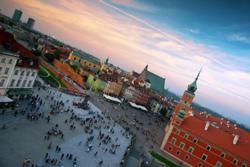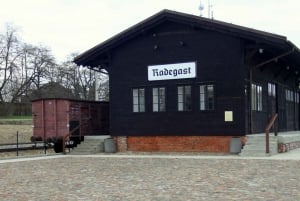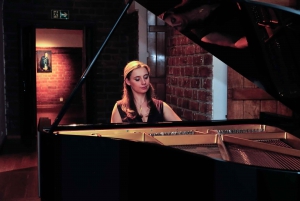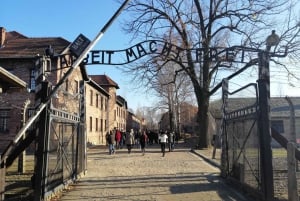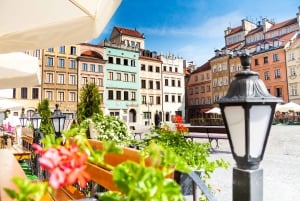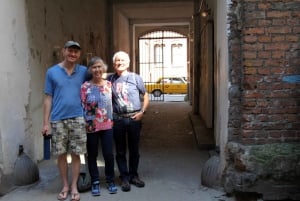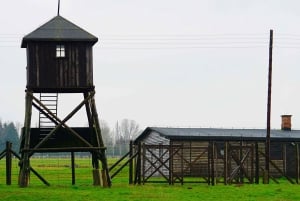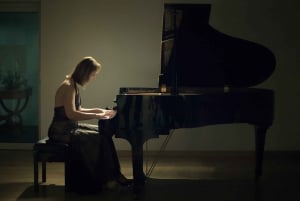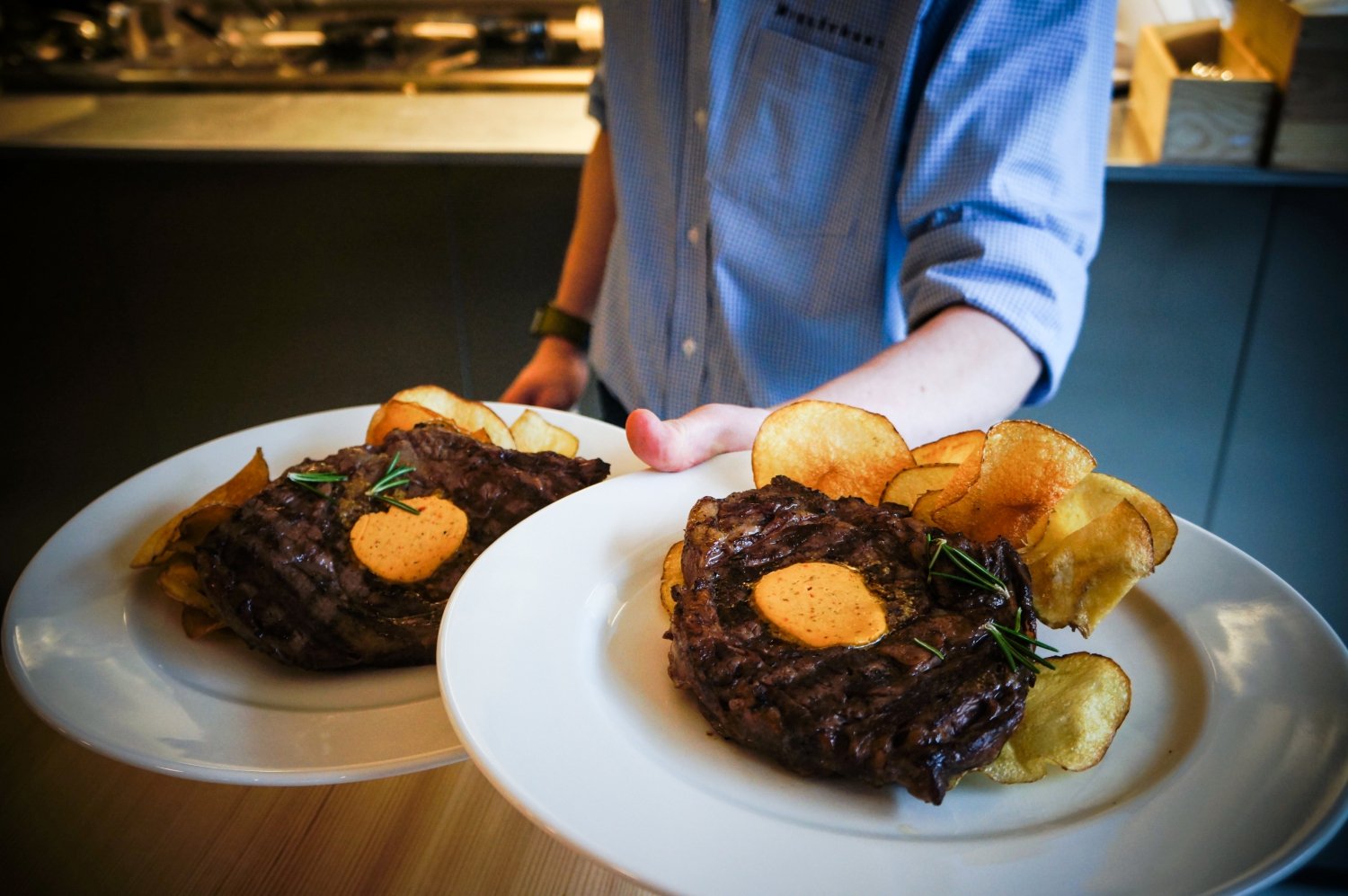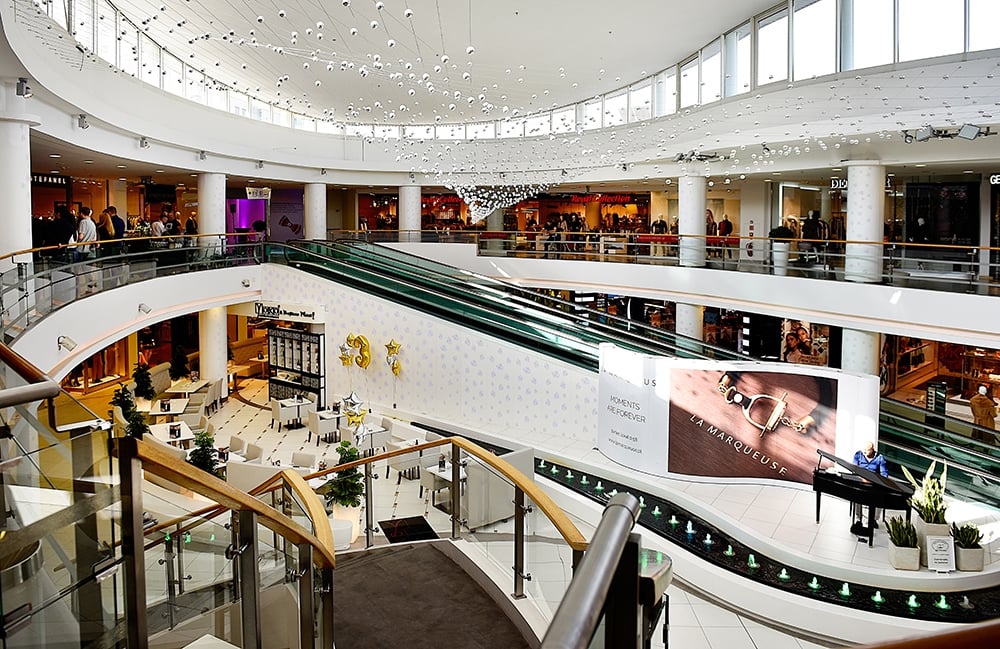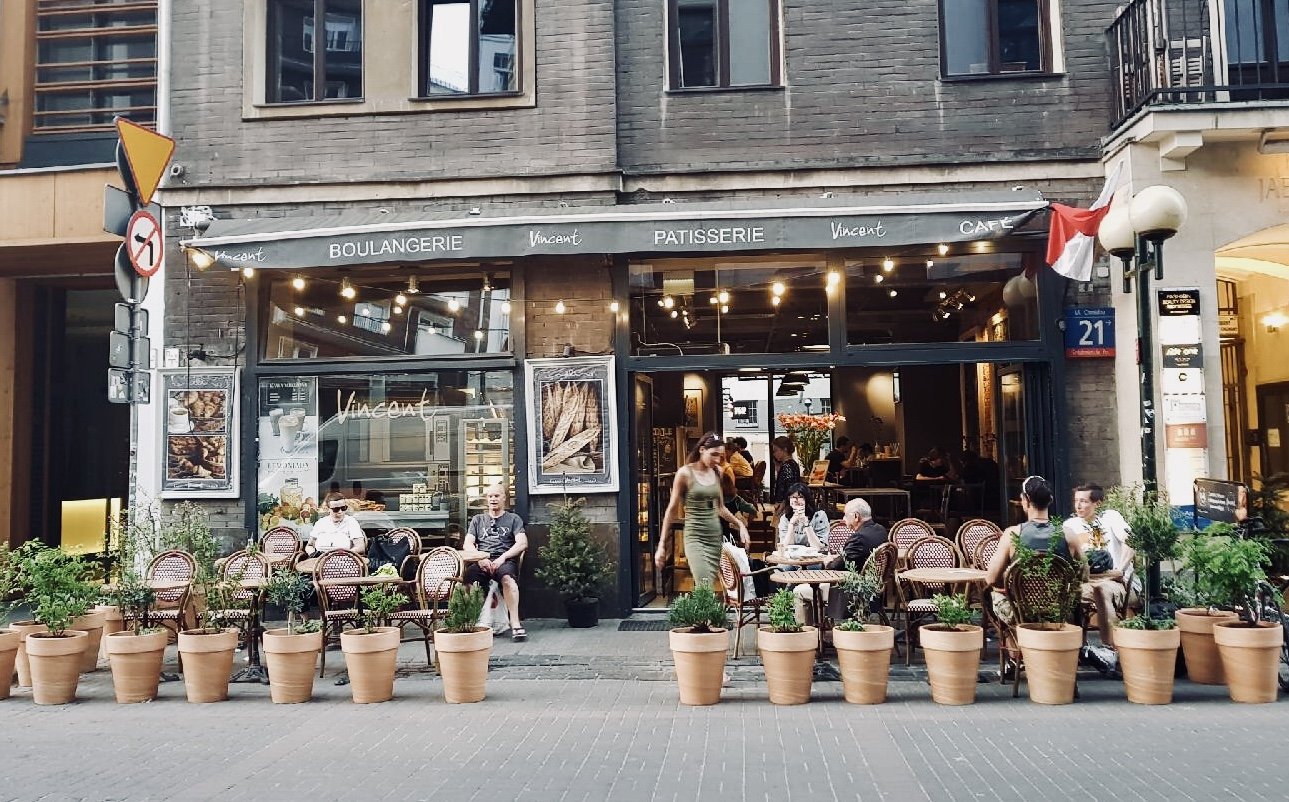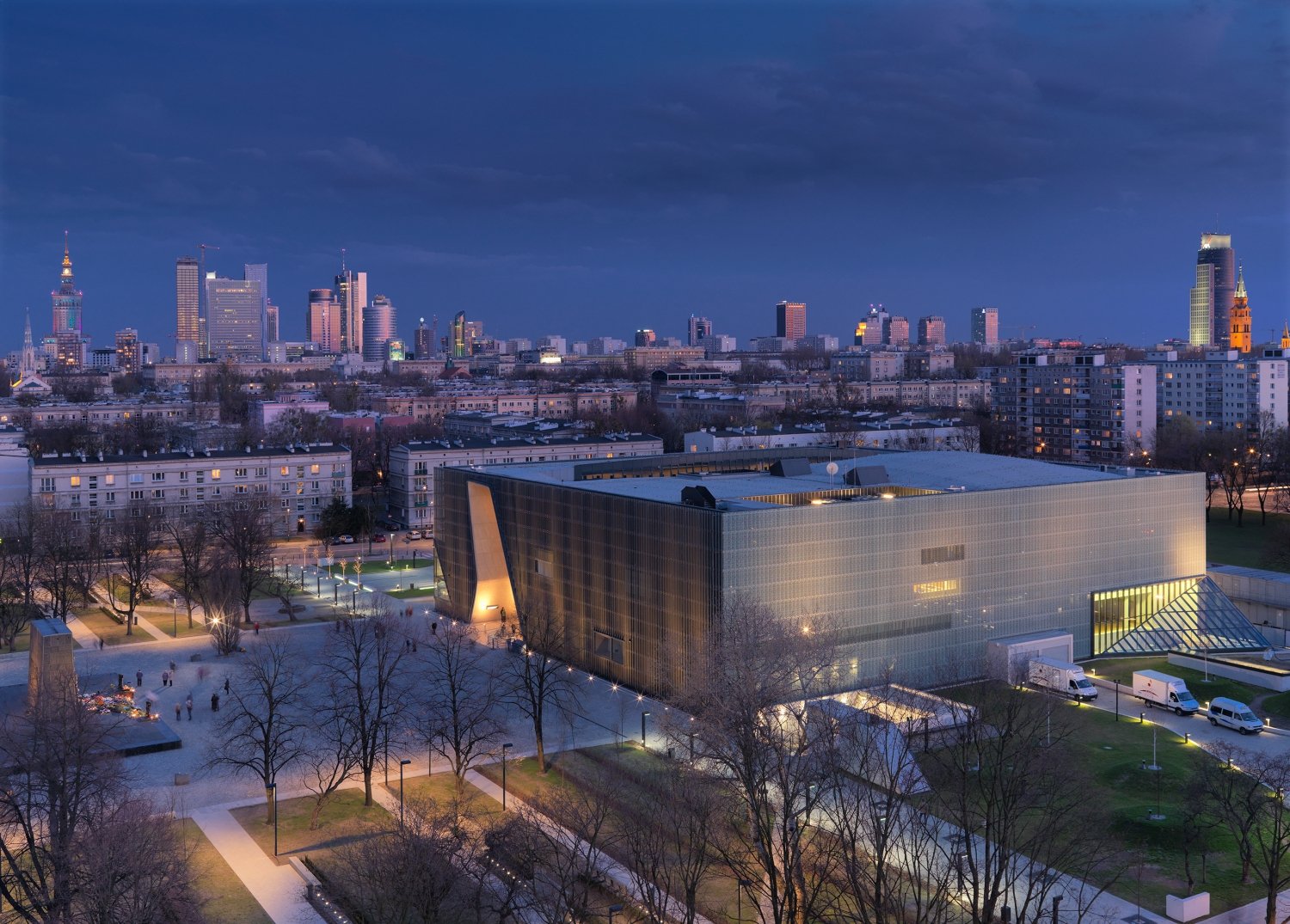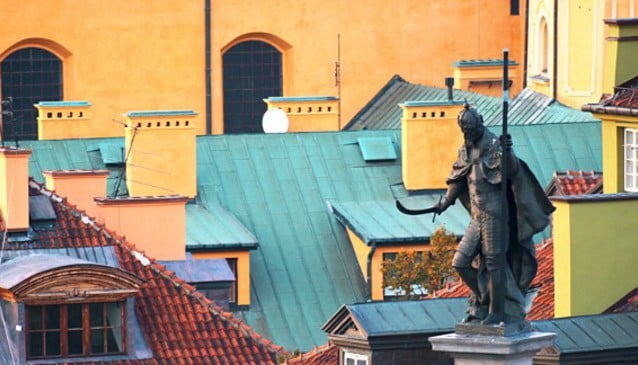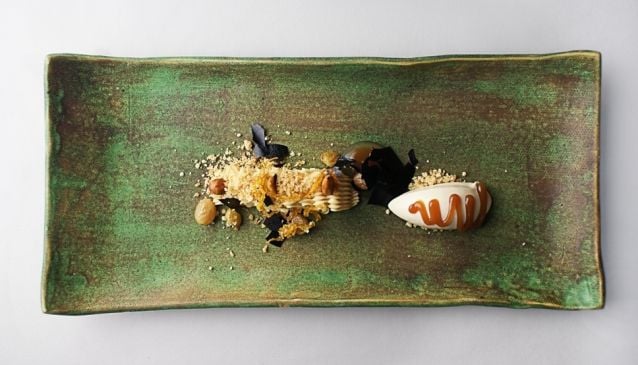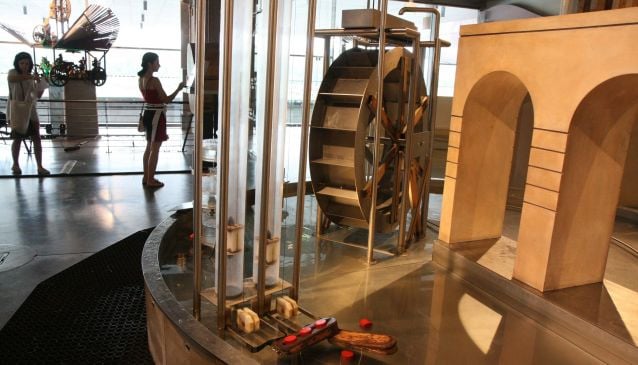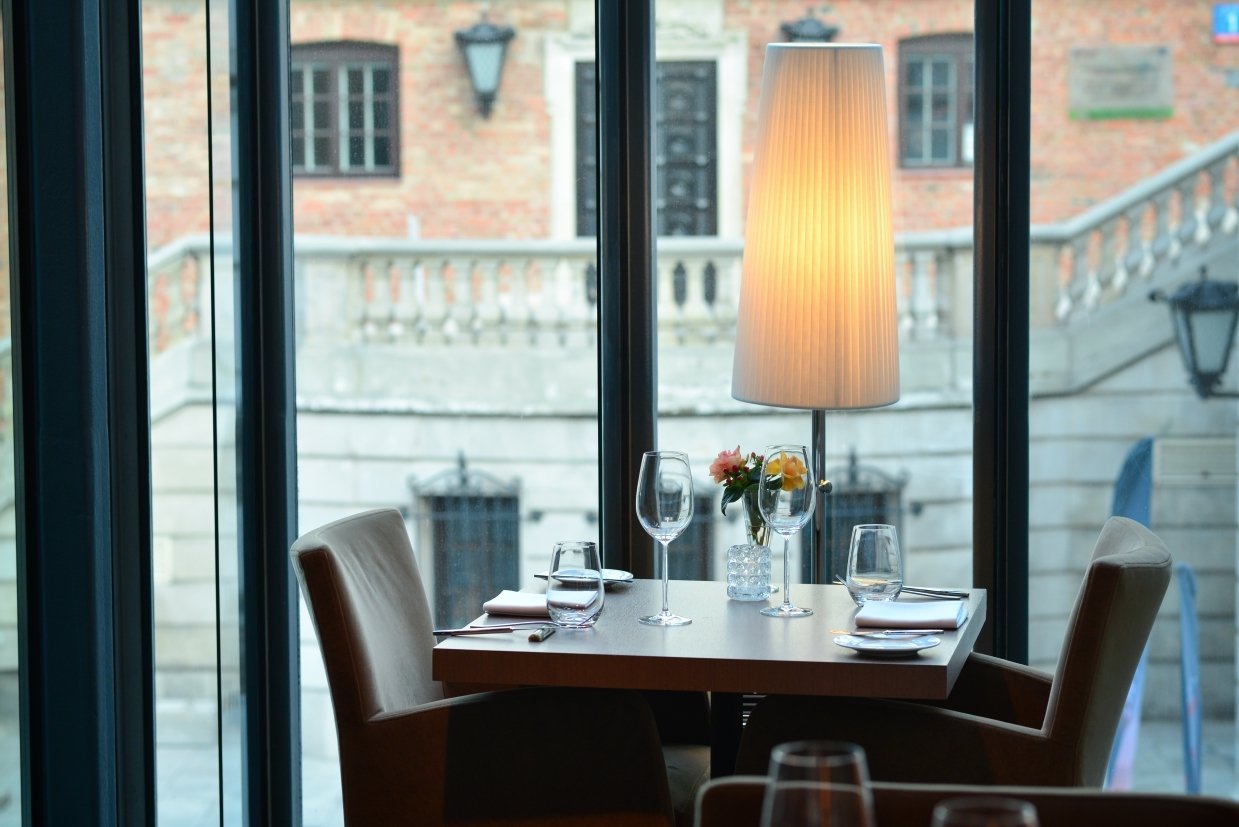Trips & Tours
Warsaw has many attractions worth seeing but as the city is quite large, how can you best plan your time in Poland’s capital? Our daily suggestions incorporate history, nature, the arts with interactive learning experiences to make you feel that you will have really experienced a genuine taste of life in Warsaw. These four-day plans and tips have been put together by people who know the city in order to optimise your time here and most of all enjoy some of the many options that are on offer.
WARSAW DAY ONE
Start in the Old Town where you can stroll along cobble-stoned, winding streets while admiring the colourful building facades. At Castle Square you can climb the bell tower of St. Anne’s Church where you can enjoy a spectacular view of the Old Town, the Royal Castle, the Vistula River and even the city center skyline. You can also visit the Royal Castle, which was rebuilt after the Second World War. From here you can follow one of the main streets which will take you to the Market Square, the centre of the Old Town, home to an abundance of cafes and restaurants, the Historical Museum of Warsaw and the statue of the Warsaw Mermaid, the symbol of the city.
To avoid crowds go along Kanonia Street by the side of the castle and you will end up in a small courtyard with a bell in the middle which used to be a church cemetery in the Middle Ages. Behind this lies the Cathedral of St. John the Baptist. For a nice view of the right bank of the Vistula go to Brzozowa Street through Celna or Dawna street. Further on from here you can see Kamienne Schodki (the Stone Steps), a narrow uneven stairway leading down to the Vistula River. The city walls and the Barbican are definitely worth seeing and add an aesthetic touch to the city.
From the Barbican walk through the New Town, a superbly built area outside the city walls which was developed to accommodate the growing population coming to Warsaw. Between the New Town and the river, there is Fountain Park which offers "light and music" shows on summer evenings. At the end of Dluga Street, you can find the Warsaw Uprising Monument. The Old and New Town were places of heavy fighting during the Second World War. The Polish underground forces were surrounded by prevailing German troops in this area and forced to evacuate through the city sewage system.
Walk along Miodowa Street, passing a couple of aristocratic palaces on the right side and return to Castle Square where you can then take a walk to Krakowskie Przedmiescie, a wide avenue leading away from the Old Town. Shops, bars, cafes, restaurants and art galleries line both sides of this mainly pedestrianised strip but there are other sights worth visiting. St. Anne’s Church, with a magnificent Baroque interior, dates from 1454 but the current version of its facade comes from the 1788 reconstruction and is one of the oldest surviving buildings in Warsaw. The most famous Polish poet Adam Mickiewicz has a statue dedicated to him on a small green space just off the main street. Behind this you can see the Carmelite church of the Assumption of the Virgin Mary dating from the 18th century.
Next is the Presidential Palace, the largest one in Warsaw and is the official resident of the President of Poland. It is not open for visitors but you can still admire the rectangular flower beds and rows of windows surrounding the central courtyard. The University of Warsaw is the largest in Poland containing 19 departments. Frederyk Chopin studied here and you can visit his last residence in Chopin’s Salon across the street in the Academy of Fine Arts. The Church of the Holy Cross is probably the most famous in Warsaw. Chopin’s heart also rests here and it was from this church that King Jan III Sobieski prayed for victory which he later achieved against the Turks in Vienna in the 17th century. You can continue to Nowy Swiat, an area full of colorful cafes and restaurants. Both Krakowskie Przedmiescie and Nowy Swiat look very nice at night.
From Krakowskie Przedmiescie you are very close to the beautiful Saxon Gardens which was the royal garden of King August II Mocny (The Strong) from about the turn of the 18th century. It was here in the Saxon Palace that the German Enigma code was broken in 1942. After World War II, the Tomb of the Unknown Soldier was placed here but the tomb and the arcade are all that remain of the grand palace that was destroyed here in World War II. The Squares which surround the Grand Theatre and the Opera building at the side of the Saxon Gardens, offer visitors not only great sightseeing, but also luxury shopping and various dining opportunities.
The Saxon Gardens is the perfect place to relax in before continuing onwards to the Palace of Culture and Science, one of the most distinctive landmarks in the city. It was given to the city as a ‘gift’ by Stalin in the 1950’s and has the second tallest clock tower in the world. On the 30th floor you can enjoy a wonderful view of the capital. After that you can splurge some money in Zloty Tarasy a massive modern shopping centre which is very popular among tourists and locals alike.
View Warsaw Day One in a larger map
WARSAW DAY TWO
Lazienki Park is one of the most popular parks in Poland and is the perfect way to start off the day. Its name ‘Royal Bath’s Park’ comes from the bathing pavilion which once existed here. The last Polish King, Stanislaw August Poniatowski had the park laid out in a classical style in the mid-18th century. Highlights include the palace on the lake, a Roman-style amphitheatre, an orangerie and beautifully landscaped gardens. One of the most popular parts of the park is the Chopin Garden where you can see a statue of one of Warsaw’s most famous figures. The bronze statue depicts a Weeping Willow tree stretching over the head of the artist with the leaves resembling the fingers of a pianist playing on the mind of the artist sitting below it. In the summer months classical music concerts have been held here every weekend for over fifty years.
Lazienki Park - The Royal Bath, Warsaw
Just outside the park visit the very grand Belweder Palace which now houses the Josef Pilsudski Museum. Previously this stately structure was the residence of Jozef Pilsudski as well as Poland’s first president, Gabriel Narutowicz. Walk along Ujazdowski Avenue, have a look at the Polish Government headquarters and then visit Ujazdowski Park, a pleasant place to walk around and explore. Check out the public weighing scale that has been in use since 1912 and also the second-ever reinforced concrete bridge in the world. Behind the park, you can find the Polish Parliament building (Sejm) and by going along Aleje Ujazdowskie, you can reach Three Crosses Square with St. Alexander’s round church in the middle. Between Ujazdowski and Lazienkowski parks, there is Ujazdowski Castle which overlooks the royal canal from its high escarpment. It was once used as an army hospital after Poland’s monarchy collapsed and since 1981 it has been home to the Centre for Contemporary Art which has several large exhibition rooms, a cinema and an event room.
View Warsaw Day Two I in a larger map
It is definitely worth taking a cab or bus to the Warsaw Rising Museum in the Wola District where you can learn about the Warsaw Uprising in 1944. It lasted for 63 days and was the attempt of the Polish underground troops to regain Warsaw from the German occupiers and to show Russian troops advancing from the east that Poland intended to regain its independence once the war was over. After the Uprising capitulation, the Nazis destroyed the city almost completely and forced the evacuation of all its inhabitants. The stories of both the 1943 Warsaw Jewish Ghetto Uprising and the 1944 Warsaw Uprising have been portrayed in the movie ‘The Pianist’ by Roman Polanski. The museum occupies a former power station and is full of interactive displays depicting life and Warsaw’s resistance against the Nazi occupation during the war. A film taken by German pilots which shows how Warsaw looked like after the uprising and its systematic demolition by the Nazis is very moving. Listen to survivors recounting their memories through phone receivers, rummage through drawers to find old replicates of documents from the war and wander around this massive space of more than 3000m2 while trying to understand the tragedy of war. From the top of the museum you can look out over the whole city with a view of Freedom Park and the Memorial Wall which lists the names of over 100,000 insurgents who were killed during the uprising. Once again you can finish off the day with some pampering by having a look around Arkadia or Klif shopping centres which contain all the latest in shopping, food and entertainment.
View Warsaw Day Two II in a larger map
WARSAW DAY THREE
After spending some time in the heart of the city centre, on the third day you can do some sightseeing in the area of Wilanow. The Park and Palace are located at the very end of the Royal Route and it’s no wonder why it’s known as the Polish Versailles. This palace and garden is well worth seeing. Three long galleries of arched windows frame the wide lawn and sculpted gardens. The garden was originally designed in the Italian Baroque style but was later changed into a geometrically-patterned French style.
The palace was built for Jan Sobieski III and was not destroyed during World War II which makes it even more precious. If you look carefully at the exterior and interior, you can find details in the design which serve to glorify the Sobieski family and the military victories of the King. Each new family that later became owners of the palace added their own style making it a fascinating representation of Polish architectural styles as well as of Polish history. You can visit the interior of the palace and marvel at the wealth and beauty that has accumulated in this palace over the course of its history.
The Poster Museum is worth checking out next. This is located in the former stable building on the palace grounds. It contains over 55,000 works of international poster art including around 30,000 Polish posters dating from 1892-2002. Golf enthusiasts can practice their swing at the golf centre in Wilanow which has a driving range, pitch and putt course, chipping area, putting green, sand bunker area and mini-golf course.
View Warsaw Day Three I in a larger map
For some exercise take advantage of the very successful bike rental service called Venturilo which has many bike stations set up around the city. One nice route you can take starts from the Old Town. From here ride on the cycle path along Wybrzeze Gdanskie, the waterfront next to the Vistula River. Nearby is the Copernicus Science Centre which you can visit for a modern and very interesting learning experience. The area of Powisle is also a popular nightlife and entertainment area.
Continue pedaling and when you get to Most Swietokrzyski (Swietokrzyski Bridge), cross over to the other side to get a wonderful panoramic view of the Old Town and surrounding areas. On this side of the river you can have a look at the brand new national stadium which was recently built to host the 2012 European Championships. Beside this is the Orange Balloon Station which goes 130 metres up into the air giving a stunning panoramic view of the capital. After checking these out continue onwards to the north while enjoying the beautiful views on the waterfronts of Wybrzeze Szczecinskie and Wybrzeze Helskie (using the Vistula bicycle path) until you reach Most Gdanski (Gdanski Bridge). Cross here and then continue back to the Old Town to where you started. You can also leave your bicycle at another Venturilo station in Warsaw.
View Warsaw Day Three in a larger map
WARSAW DAY FOUR
On the forth day you can either stay in Warsaw or leave the city for a different adventure. If you decide to stay in Warsaw why not visit the extremely modern Copernicus Science Centre which contains over 400 interactive exhibits where you are invited to discover the world of science yourself through experiments and interactive displays? There are four main areas to explore: Roots of Civilisation, Humans and the Environment, LightZone, On The Move and Buzz! The latter is a special educational area for pre-school children. There are so many activities to take part in such as: flying a spaceship, taking quizzes and conducting a robotic excavation among others.
Besides this the Copernicus Science Center also holds conferences, houses laboratories, has a rooftop garden, an amphitheatre, an outdoor art gallery and an outdoor Discovery Park with experiment stations in the open air. There is also a multimedia planetarium for visitors to enjoy. Make sure you book your tickets in advance as you might be disappointed otherwise. You can expect 1-2 hour queue to get in. However, you can get to the centre faster by going through the planetarium.
After that you can visit the Rooftop Gardens at the University of Warsaw which were opened in 2002. From this high vantage point there is a nice panoramic view of Warsaw and the Vistula River.
View Warsaw Day Four I in a larger map
The other option is to leave the city and visit Chopin’s birthplace in Zelazowa Wola. Although Frederyk Chopin only spent the first seven months of his life here, many visitors still come to visit the former home of one of the world’s most celebrated classical musicians. No original fixtures and fittings remain but on display are a whole range of instruments, paintings and objects from the 19th century. For Chopin fans the most popular room is the room where he was born, the ‘mother’s room’. Nowadays it is a calm white room with a bouquet hanging on the wall in remembrance of the great artist.
In addition to Chopin’s house, two modern pavilions with permanent exhibitions have been built and the surrounding park has been revitalized. The gardens are now very pleasant to walk around while Chopin’s piano music is being played. There are trees and shrubs from all over the world and also four Chopin monuments including one obelisk which dates all the way back to 1894. Since 1954 concerts have been held in the gardens on Sunday in the summer months. The trip to Zelazowa Wola is an unforgettable experience.
View Warsaw Day Four II in a larger map


